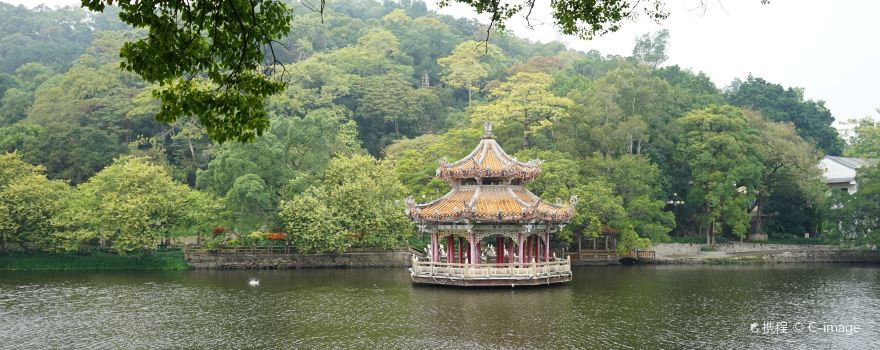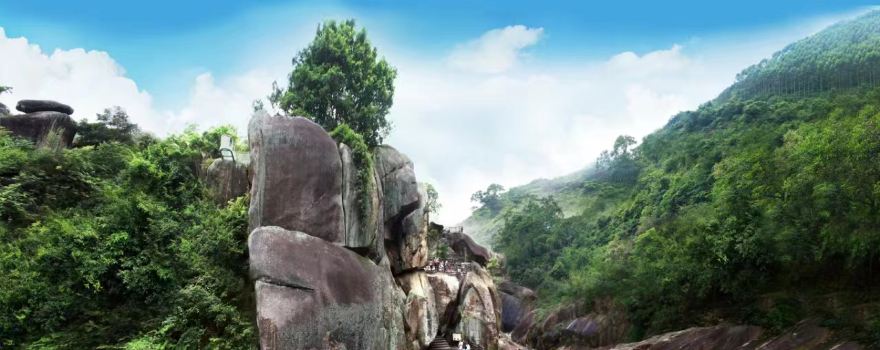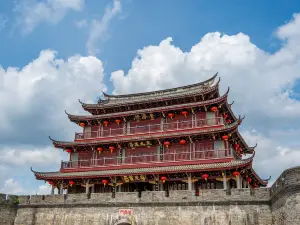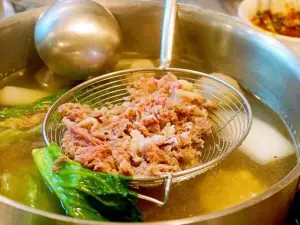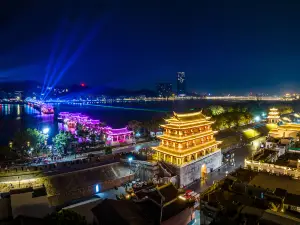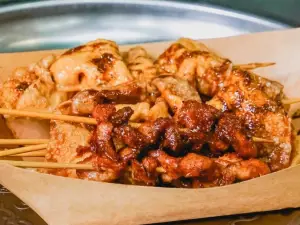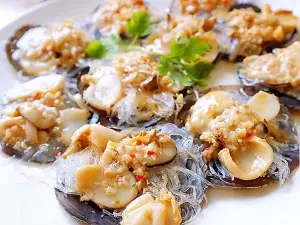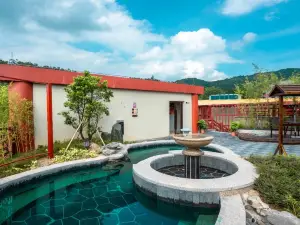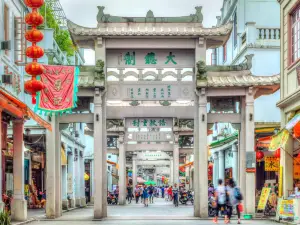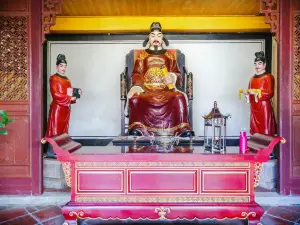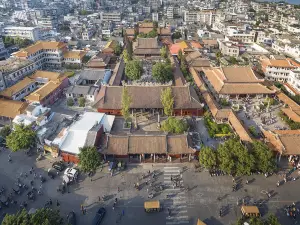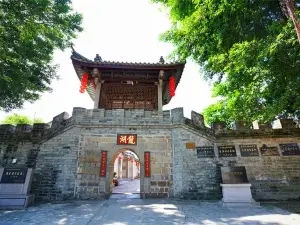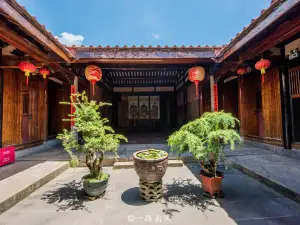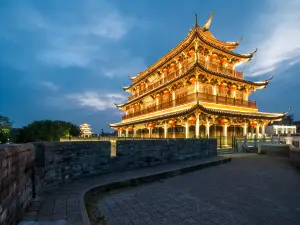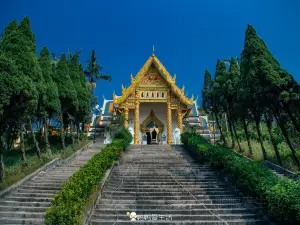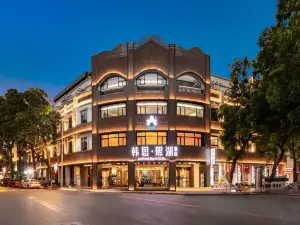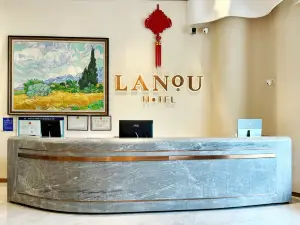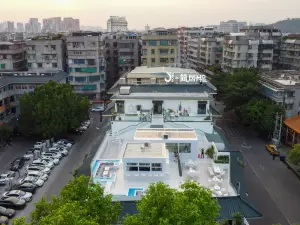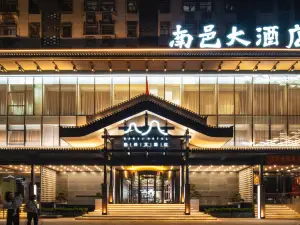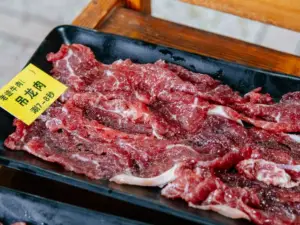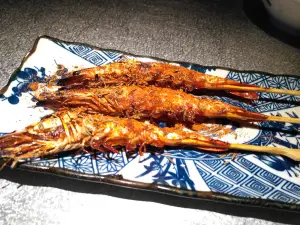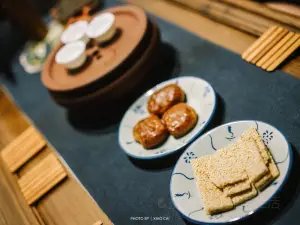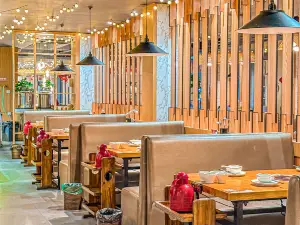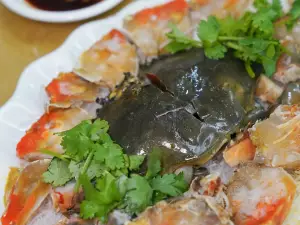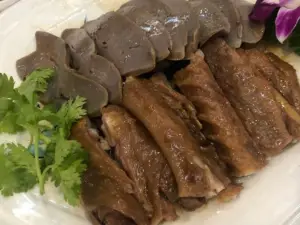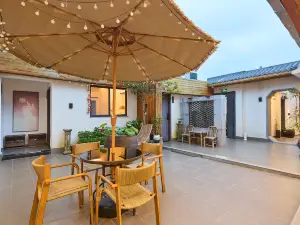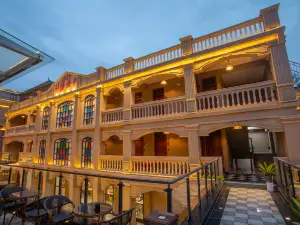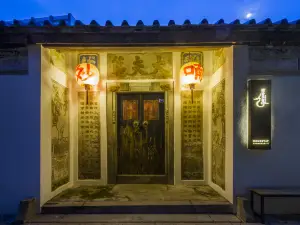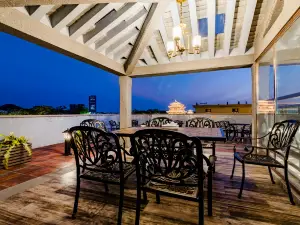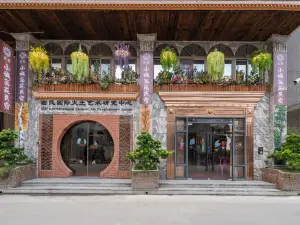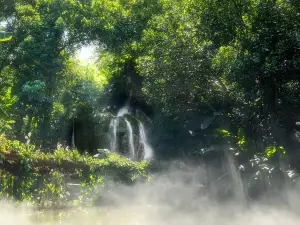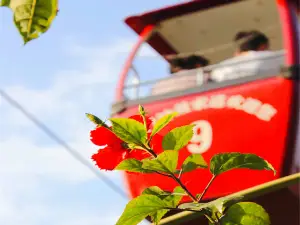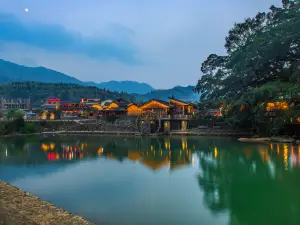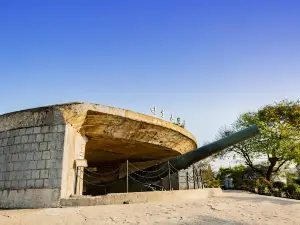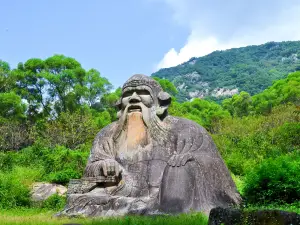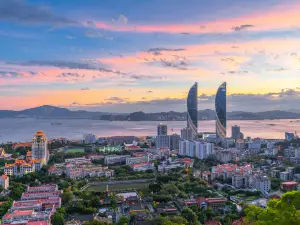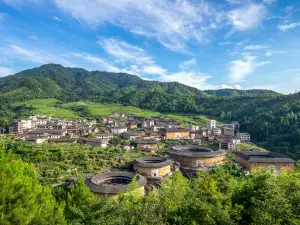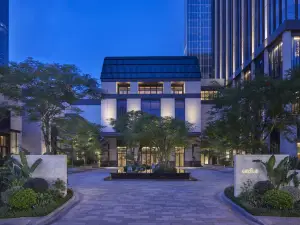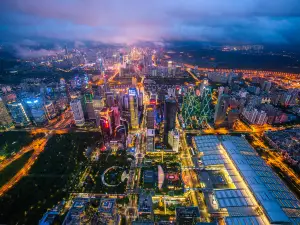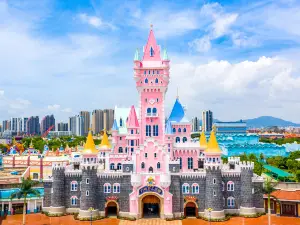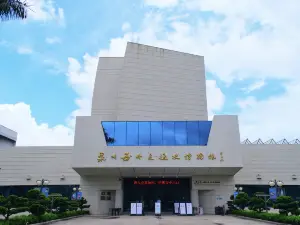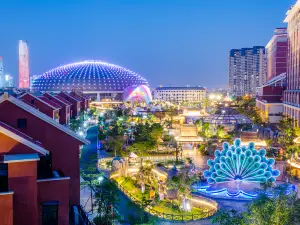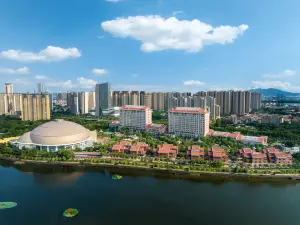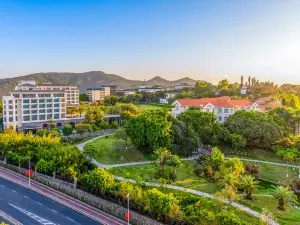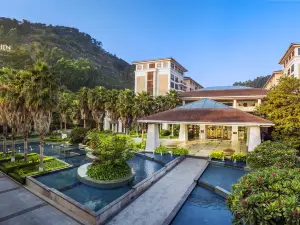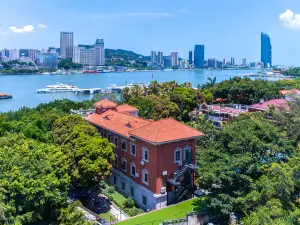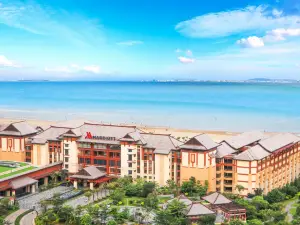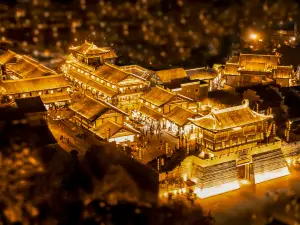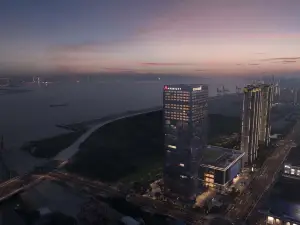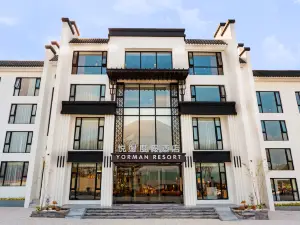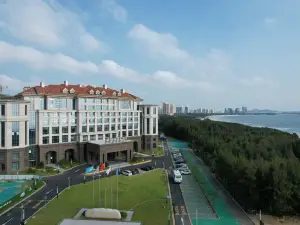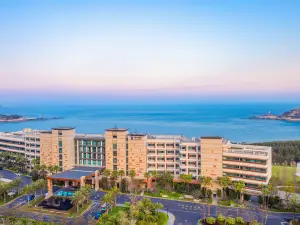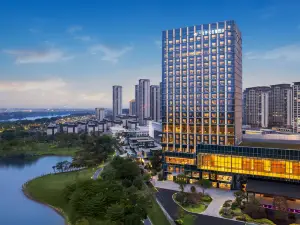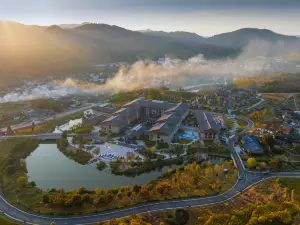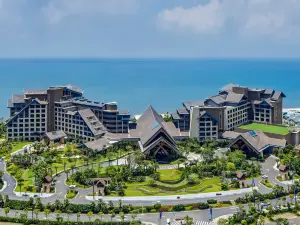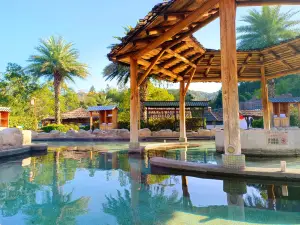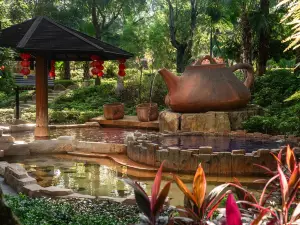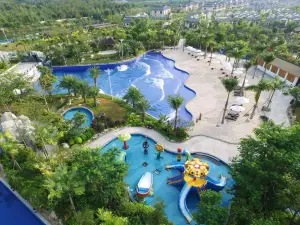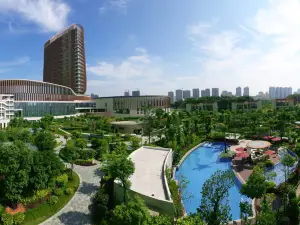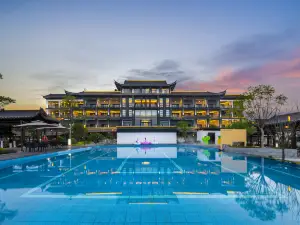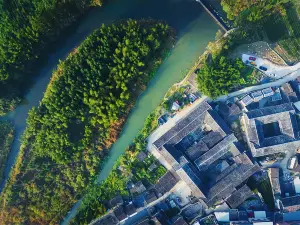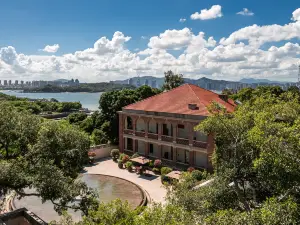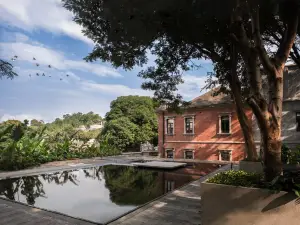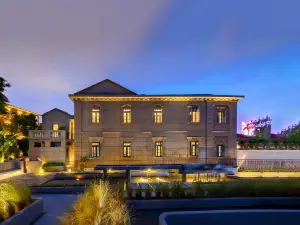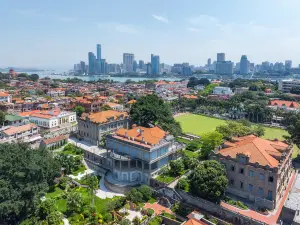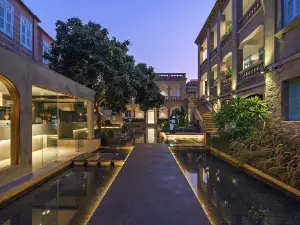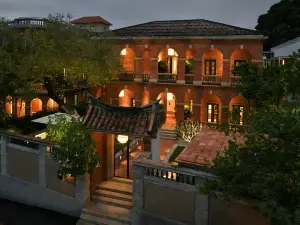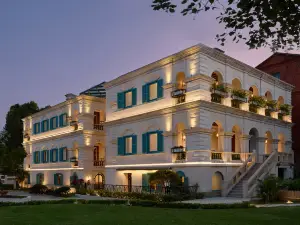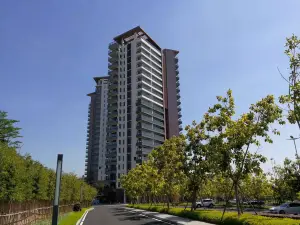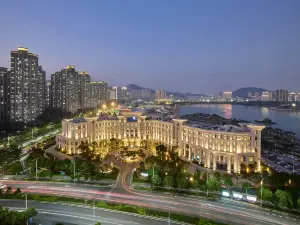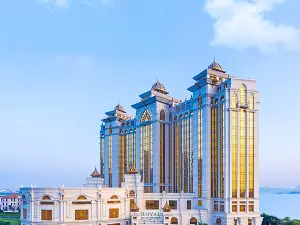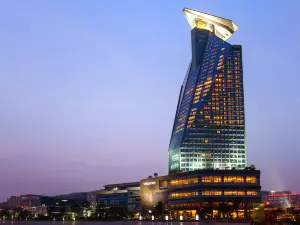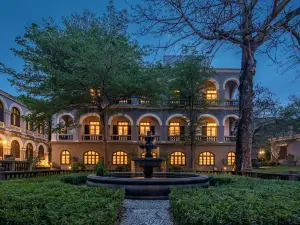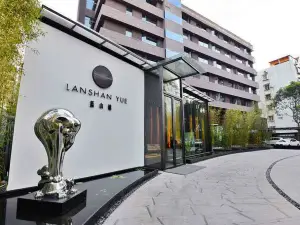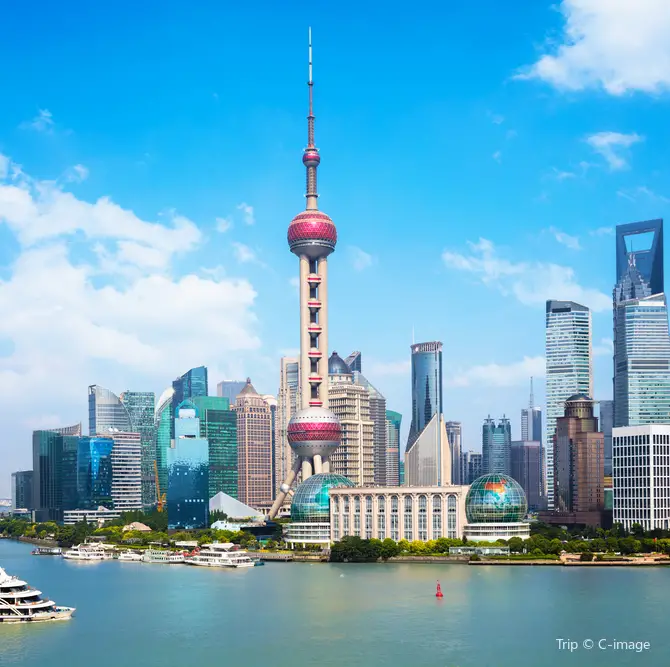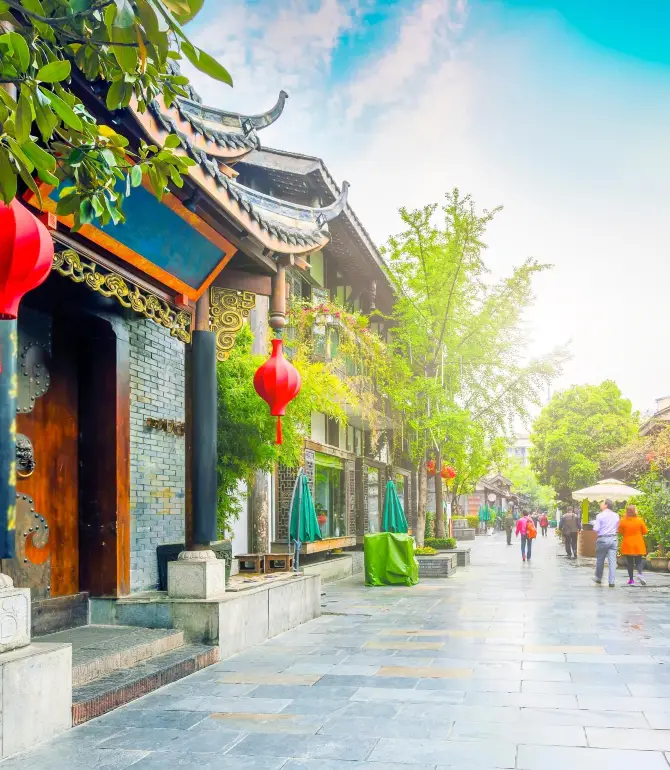Things to Do in Chaozhou in 2025 - Top Attractions, Local Food, Hotels & Travel Tips (Updated April 2025) | Trip.com
About Chaozhou
Recommended trip: 1–3 day(s)
Recommended trip: 1–3 day(s)Current Weather Conditions
Chaozhou Local Experiences Map
Chaozhou Local Travel Guide 2025
Chaozhou Brief Guide
Chaozhou is located at the confluence of Guangdong and Fujian provinces and is the birthplace of Chaozhou Culture. Chaozhou is home to all kinds of outstanding local cultural features such as Chaozhao specialty cuisine, embroidery, theater, woodcarvings, residences and gongfu tea. Other than cultural features, Chaozhou also has plenty of scenic spots to visit such as the old city walls, ancient temples, memorial arches and old houses.
Chaozhou Must-try Local Experiences
1. Discover the Architectural Treasures of Ancient Chaozhou Explore Chaozhou's ancient city, featuring the exquisite Guangji Bridge, the historical Kaiyuan Temple, and Gufu City Wall, offering a glimpse into the past. 2. Find Tranquility amidst Scenic Beauty at Hanjiang River Enjoy a serene boat trip along the picturesque Hanjiang River, capturing the essence of Chaozhou's natural beauty with its rolling hills and charming villages. 3. Experience the Art of Chao Opera Immerse yourself in Chao Opera, known for its elaborate costumes, unique singing style, and compelling storytelling, offering a glimpse into the region's cultural identity. 4. Delve into the World of Gongfu Tea Participate in a traditional Gongfu Tea ceremony in Chaozhou, learning the intricate steps of brewing and savoring the delicate flavors of this ancient beverage. 5. Witness the Craftsmanship of Chaozhou Woodcarving Visit local workshops to see skilled artisans meticulously carving intricate designs into wood, reflecting Chaozhou's rich cultural heritage. 6. Learn Teochew Embroidery Participate in a workshop or visit an exhibition to appreciate the intricate designs and vibrant colors of Teochew Embroidery, a renowned craft in Chaozhou. 7. Attend the International Tea Day Celebrate Chaozhou's rich tea culture with tea tastings, exhibitions, and cultural performances at the International Tea Day. 8. Indulge in the Flavors of Chaozhou Cuisine Sample local delicacies like Chaozhou noodles and steamed fish, and enjoy snacks and desserts that offer a delightful taste of Chaozhou's culinary heritage. 9. Discover Local Treasures at Archway Street Explore Archway Street's vibrant atmosphere, offering local handicrafts, traditional snacks, and unique souvenirs, perfect for finding a special memento of your trip. 10. Visit the Chaozhou Culture Pedestrian Street Shop and experience local life on the bustling Chaozhou Culture Pedestrian Street, with traditional shops, street food vendors, and souvenir stalls. 11. Take a Boat Ride on the Hanjiang River Enjoy a relaxing boat ride on the Hanjiang River, offering unique perspectives of Chaozhou's scenic landscapes and historical sites. The Hanjiang River also offers stunning views, especially at sunrise and sunset, making it a perfect spot for photography enthusiasts.
Chaozhou Must-see Attractions
Chaozhou is a city rich in cultural heritage and natural beauty, offering remarkable historical landmarks like the unique Guangji Bridge and vibrant Chaozhou Ancient City, as well as stunning natural sites such as ChaoZhou Greenland QingLan Strange Mortar Canyon and Chaozhou West Lake, each providing a blend of cultural exhibits, natural scenery, and historical significance.
Chaozhou Food Guide
Chaozhou cuisine is famous for its precision cutting techniques, distinctive cooking styles, and rich seafood offerings. The dishes are a feast for the senses, featuring ultra-thin slices of raw fish, crispy yet tender oyster pancakes, and succulent beef balls. Each dish is truly a culinary delight not to be missed.
Chaozhou Transportation
Chaozhou's transportation network is centered around its railway station and international airport, which are crucial for intercity travel and connectivity with other major cities and regions. Chaoshan Railway Station, located in Chaoan District, is a significant hub for high-speed rail travel, with connections to major cities such as Shenzhen, Xiamen, and Hong Kong. The station has four platforms and twelve tracks, serving numerous high-speed and bullet trains daily. To reach Chaozhou downtown, passengers can take a taxi for approximately RMB 45 and a 30-minute ride or opt for bus routes K1 or K2. Jieyang Chaoshan International Airport serves as the nearest major airport to Chaozhou, located about 18 km from the city center. The airport connects to various domestic and international destinations and offers facilities such as duty-free shops and restaurants. Travelers can take airport express buses or taxis to reach Chaozhou, Shantou, and Jieyang from the airport.
Chaozhou Where to Stay
Chaozhou offers a varied landscape when it comes to accommodation, focusing mainly in the central regions surrounding historical sites, key attractions, and the ancient city itself. These areas are typically valued for their connectivity and convenience, attracting both cultural enthusiasts and casual visitors alike.
Chaozhou Best Time To Visit
The best time to visit Chaozhou is during January and March. During these months, the weather is more pleasant with an average temperature of around 19°C and roughly 200 hours of sunshine, providing excellent conditions for exploring the city's rich cultural heritage and historic sites.
Chaozhou Travel Tips
1. Mind Local Dietary Habits: Chaozhou cuisine tends to be light and features a lot of seafood. Visitors should be mindful of the differences in dietary habits when trying local foods to avoid any potential discomfort. Chaozhou cuisine is renowned across China for its unique flavors, but certain dishes may include allergens like seafood. If you have any food sensitivities, it’s best to ask about ingredients before ordering. 2. Respect Religious Practices and Customs: When visiting temples or religious sites, please avoid touching statues or religious items, as this is considered disrespectful locally. Chaozhou and Shantou areas are rich in folk culture and traditional festivals. When participating in local events, follow local guidance and avoid touching offerings or engaging in disrespectful behavior.
Chaozhou Useful Guide
Chaozhou, a cultural hub in Eastern Guangdong, prominently features the Teochew dialect, a variant of the Min Nan branch of Chinese languages. Despite Mandarin's predominance due to educational and governmental promotion, Teochew remains extensively used and cherished among locals. Tourists may find language apps beneficial since English is not widely spoken, and local translation services are limited. Multilingualism is observable, with some Cantonese and standard Mandarin speakers due to demographic diversity and education. When facing language barriers, non-verbal communication like gestures and expressions can be effective for travelers. Learning basic phrases in Teochew can enhance interactions and might even earn appreciation or better service locally.
Trip.Best: Chaozhou
Things to do in Chaozhou
What to Do
Where to Stay
What to Eat
Chaozhou Moments: Through Travelers' Eyes

Guangdong Chaozhou (Filial Piety Version)|2 Days 1 Night Eating and Drinking Itinerary.

Chaozhou Leisurely One-Day Tour Recommendation

Flash Trip to Chaozhou: 2 Days and 1 Night

I found a great homestay in Chaozhou for just CNY 200 per person! So comfortable!

May Day Getaway with Besties|3 Niche Cities to Escape the Crowds and Have a Blast!

Chaozhou! This exotic homestay in the ancient city is absolutely gorgeous!!

Chaozhou | Traveling in the off-season (January–February) is great, not cold or crowded

Chaozhou!! Just checked out! So comfortable that I don't want to leave...
Best of Chaozhou
Site Operator: Trip.com Travel Singapore Pte. Ltd.
